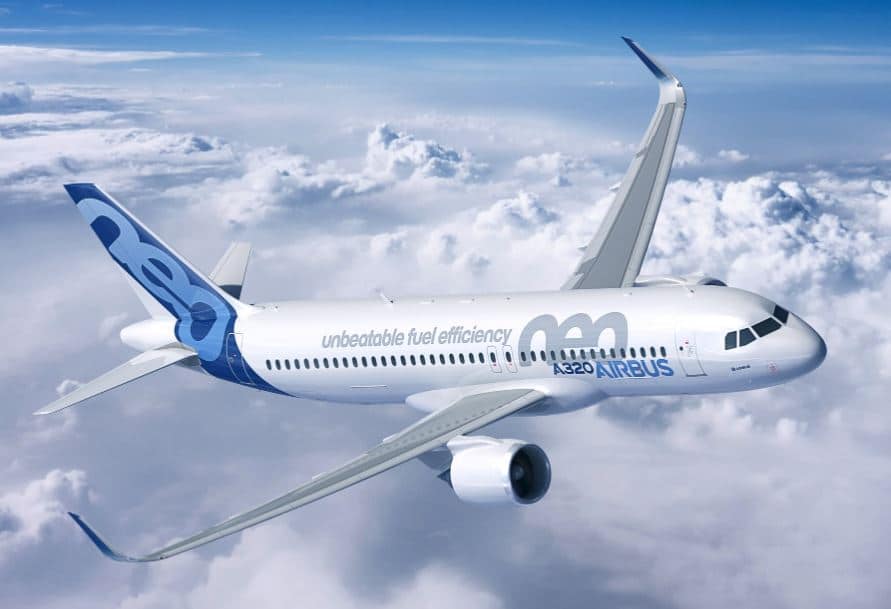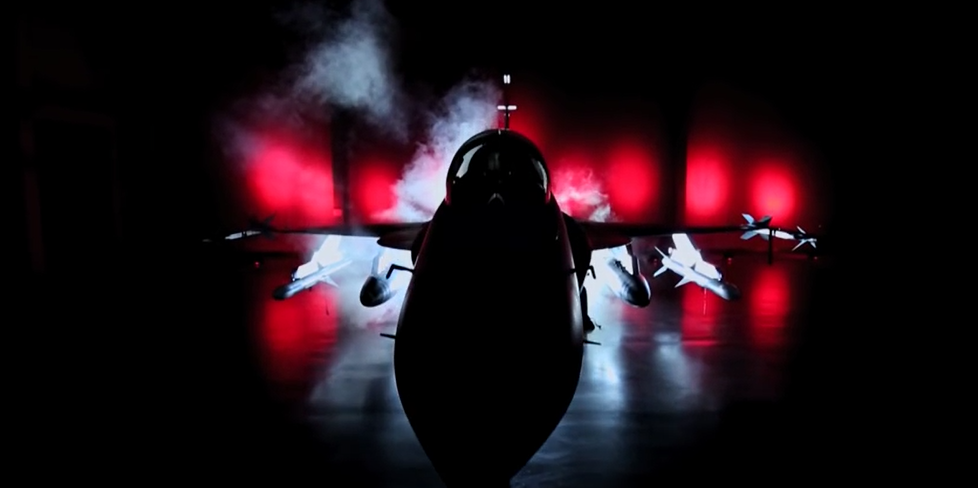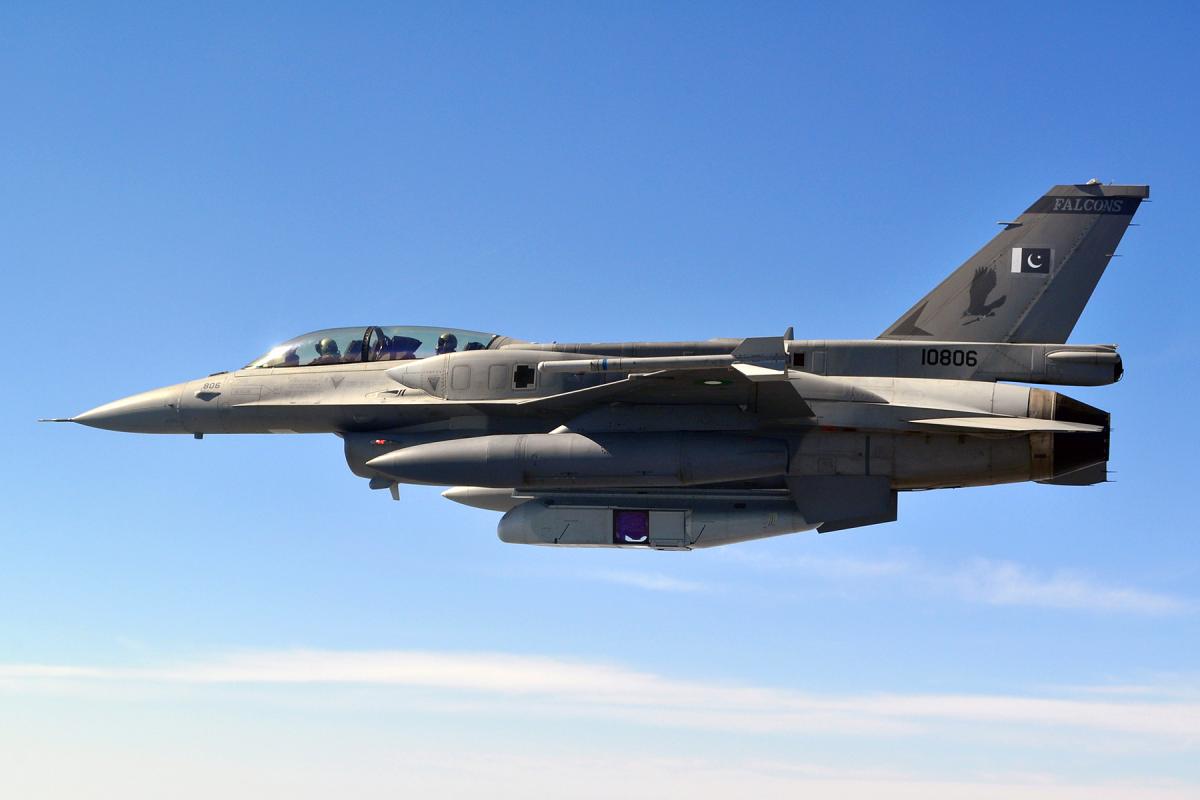2257Views 3Comments

Airbus could offer military variants of the A320neo
Airbus Defence & Space (DS) announced that it was exploring the prospect of offering militarized variants of its A320neo commercial airliner, including maritime patrol aircraft (MPA) and intelligence, surveillance and reconnaissance (ISR) versions, such as airborne early warning and control (AEW&C).
Speaking at the 2018 Singapore Air Show, Airbus DS’ Head of Military Aircraft Fernando Alonso said that the company was already in-touch with several prospective customers for converted A320neo aircraft.
“We are starting to investigate the possibility of opening a new line of products based on the A320neo military derivative,” said Alonso (via Aviation Week). “The A320 is a smaller platform than the A330, and with the neo engines it is an extremely efficient platform. It’s well known, robust and proven in service.”
However, while this is an enticing prospect for Airbus DS considering the paucity of comparable new MPA and ISR platforms in the A320neo’s size, range and endurance-class (this market is limited to the Boeing P-8 Poseidon/Neptune and Kawasaki P-1), Airbus DS did not launch a program – the process is tentative.
If it gains traction, Airbus DS says it will leverage its experience with converting the A330 into the widely adopted Multi-Role Tanker and Transport (MRTT) to converting the A320neo into an MPA and AEW&C.
The Airbus A320neo has a maximum take-off weight (MTOW) of 73.5 tons and ferry range of 6,500 km.
Notes & Comments:
The Boeing Poseidon/Neptune and Kawasaki P-1 are the sole competitors in the market of supplanting legacy Lockheed Martin P-3C Orion MPAs, at least from the perspective of air arms seeking to replace the P-3C with aircraft of comparable – or superior – payload, range and endurance. Granted, there are smaller MPAs entering the market, such as the Saab-Bombardier Swordfish, but the paucity of options in the large platform space could provide Airbus DS a sustainable long-term business opportunities.
That said, it is difficult to fathom an Airbus A320neo MPA being cost-effective without anchoring launch orders from key NATO countries, such as France and Germany. The U.K. has committed to the P-8, which has built relatively sizable scale thanks to orders from the U.S., Australia, India and Norway.
Airbus DS did not fare as well as anticipated managing the A400M, a joint-program driven by NATO, but A320neo-based MPA and AEW&C need not suffer the same way. For example, Airbus DS can simply mirror Saab by integrating commercially-off-the-shelf (COTS) subsystems to the A320neo, such as the Leonardo Seaspray maritime surveillance radar, Star SAFIRE electro-optical/infrared (EO/IR) turret and COTS suites for electronic support measures (ESM) and anti-submarine warfare (ASW). This would simplify the process and help control costs by leveraging existing and credible subsystems.
In terms of a MPA specifically, the challenge – and cost driver – would be from potentially modifying the A320neo to have an internal bay (like the P-8) atop of integration and testing. Relying solely on external hardpoints may not yield as much payload carriage as the P-8. Nonetheless, a MPA variant of the A320neo would provide another option for legacy P-3C users, especially those unable to access the P-8 or K-1 due to foreign relations and/or fiscal challenges.



3 Comments
by آصف اقبال
What are pakistan’s near time anti submarine warfare plans?
by Bilal Khan
It’s reasonably well-equipped thanks to the P-3C, Sea King, Z-9EC, forthcoming ATR-72 MPA along with the F-22Ps. The next step is to get the 8 Hangor (II)-class submarines.
by Bilal Khan
Depends on what’s meant by ‘making its own submarine’ … Pakistan doesn’t produce many of the critical inputs indigenously, e.g. naval grade steel, propulsion, etc. So even if Pakistan can design a model (not even there yet), it will still be importing the inputs.